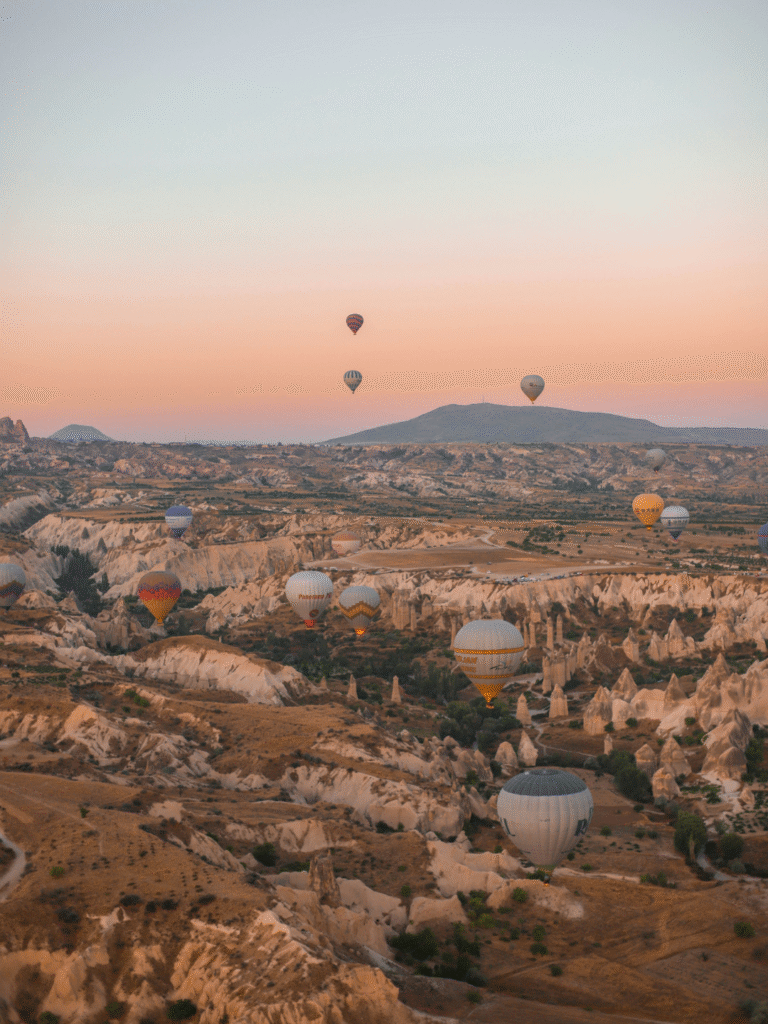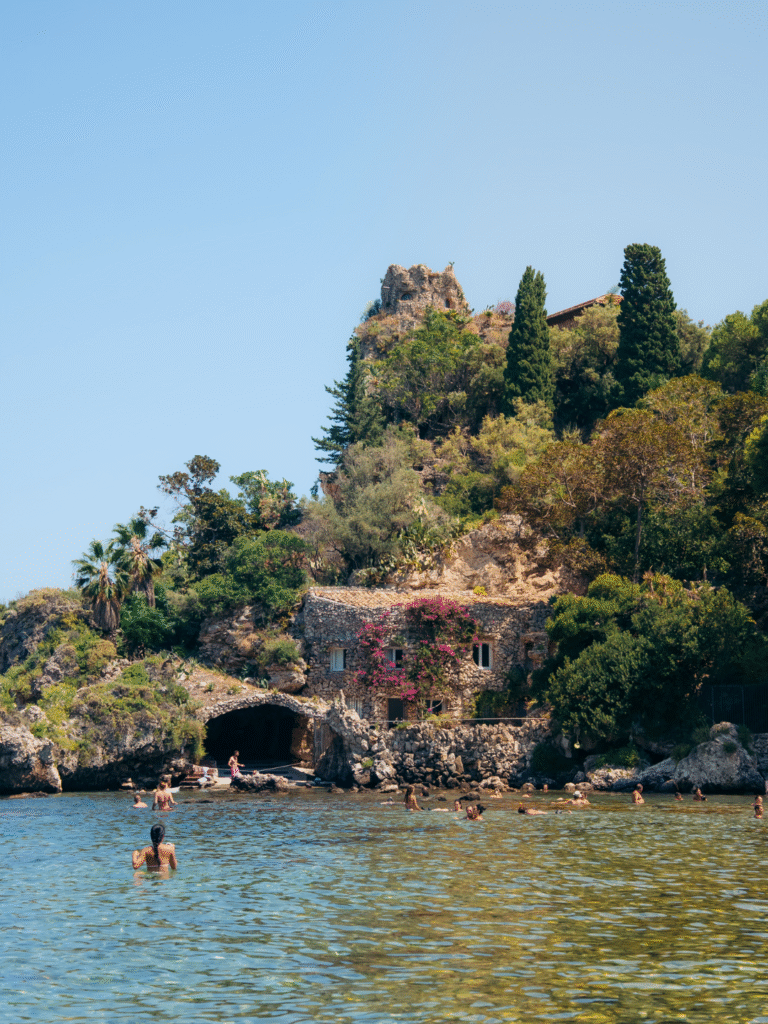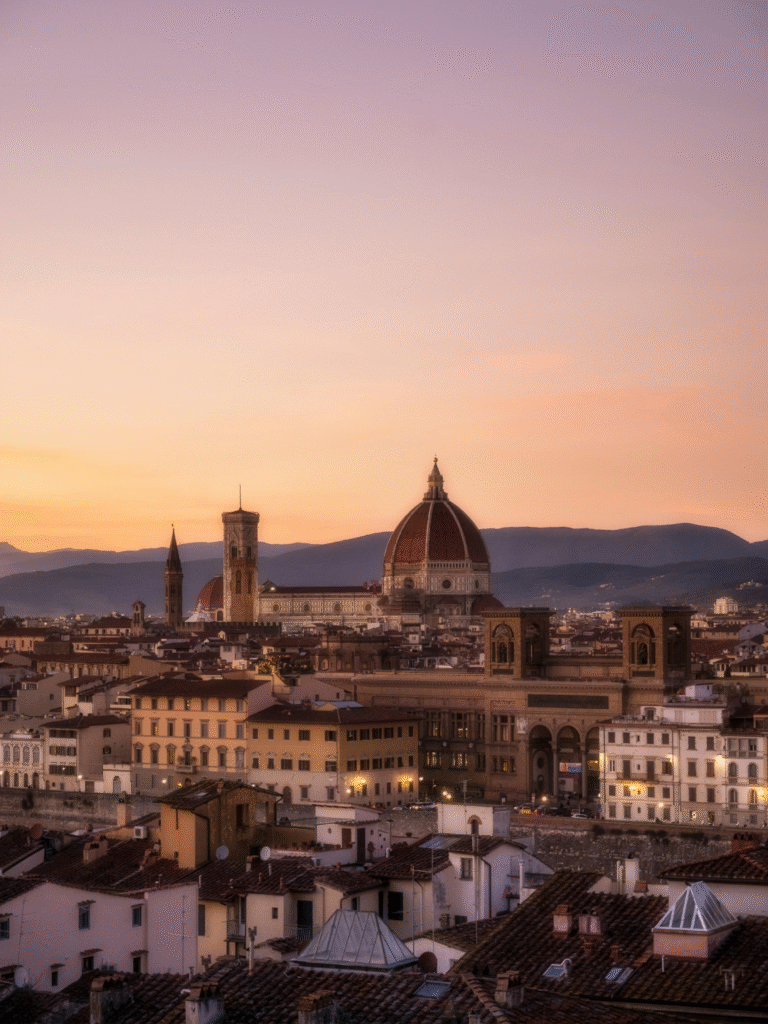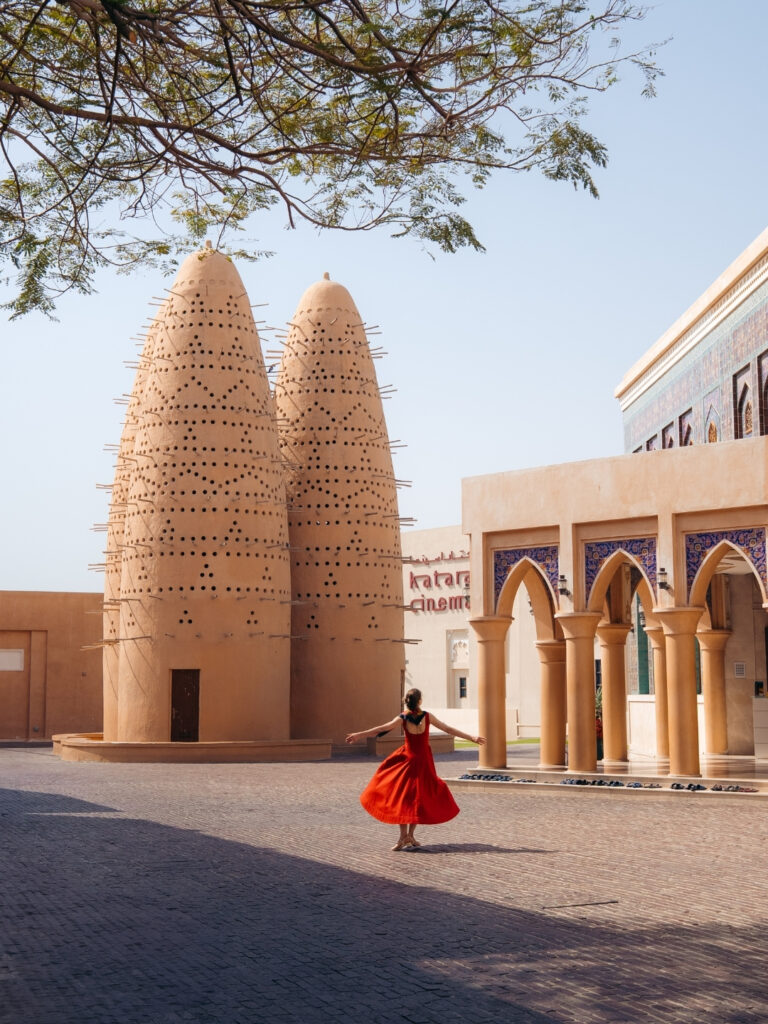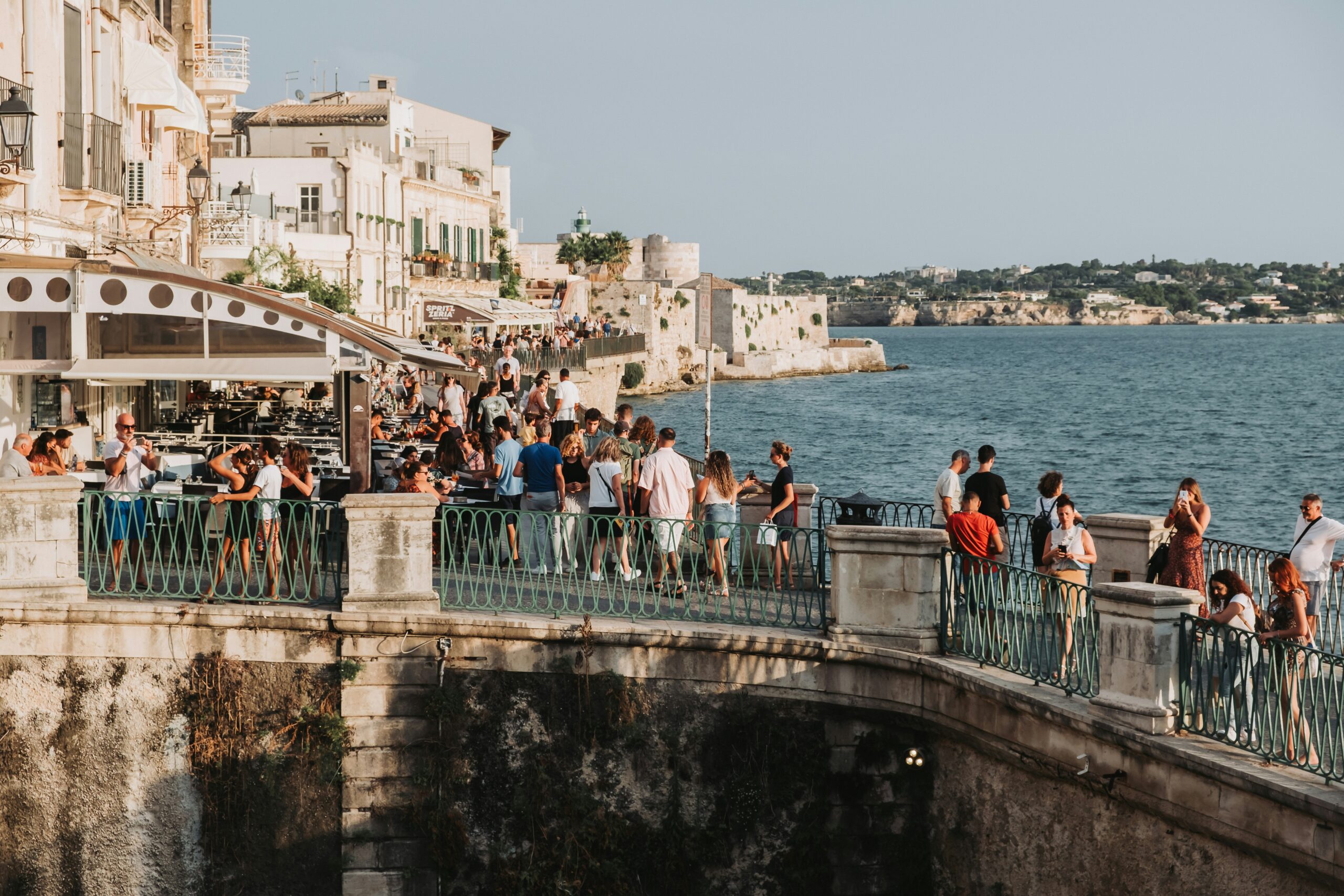
We crave the noise of a place that won’t let us look away, but we also long for the silence that allows us to breathe.
Every creative traveler understands this tension. We want to be deeply swept up by a place that overwhelms us, to feel its energy pressing in on all sides. Yet we also ache for silence, for the kind of pause that helps us hear ourselves again. The truth is, we need both. Chaos stretches our senses wide open. Stillness gives them a place to land. Travel teaches us not to fight between the two, but to carry them together.
Too much chaos, and the senses fracture. Every sight feels urgent, every sound competes for attention. The traveler ends up exhausted, clutching dozens of half-formed images and ideas with no space to land. Inspiration turns to noise.
Too much stillness, and the opposite happens. Silence stretches into stagnation. The traveler drifts, unprovoked, uninspired. Without friction, there is no spark. Without tension, there is no story.
This is the creative dilemma of travel: how to step into chaos without drowning in it, and how to seek stillness without slipping into emptiness.
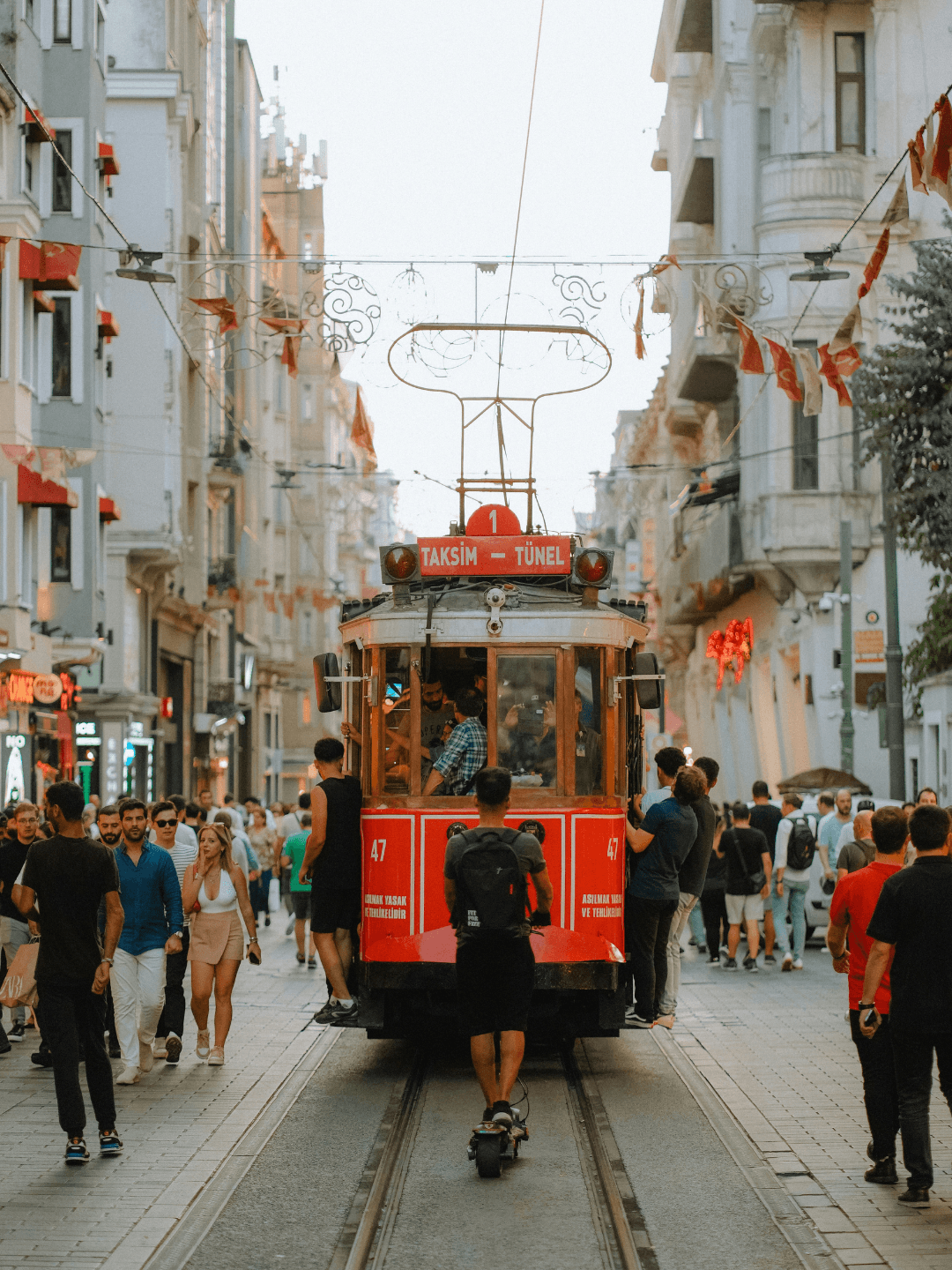
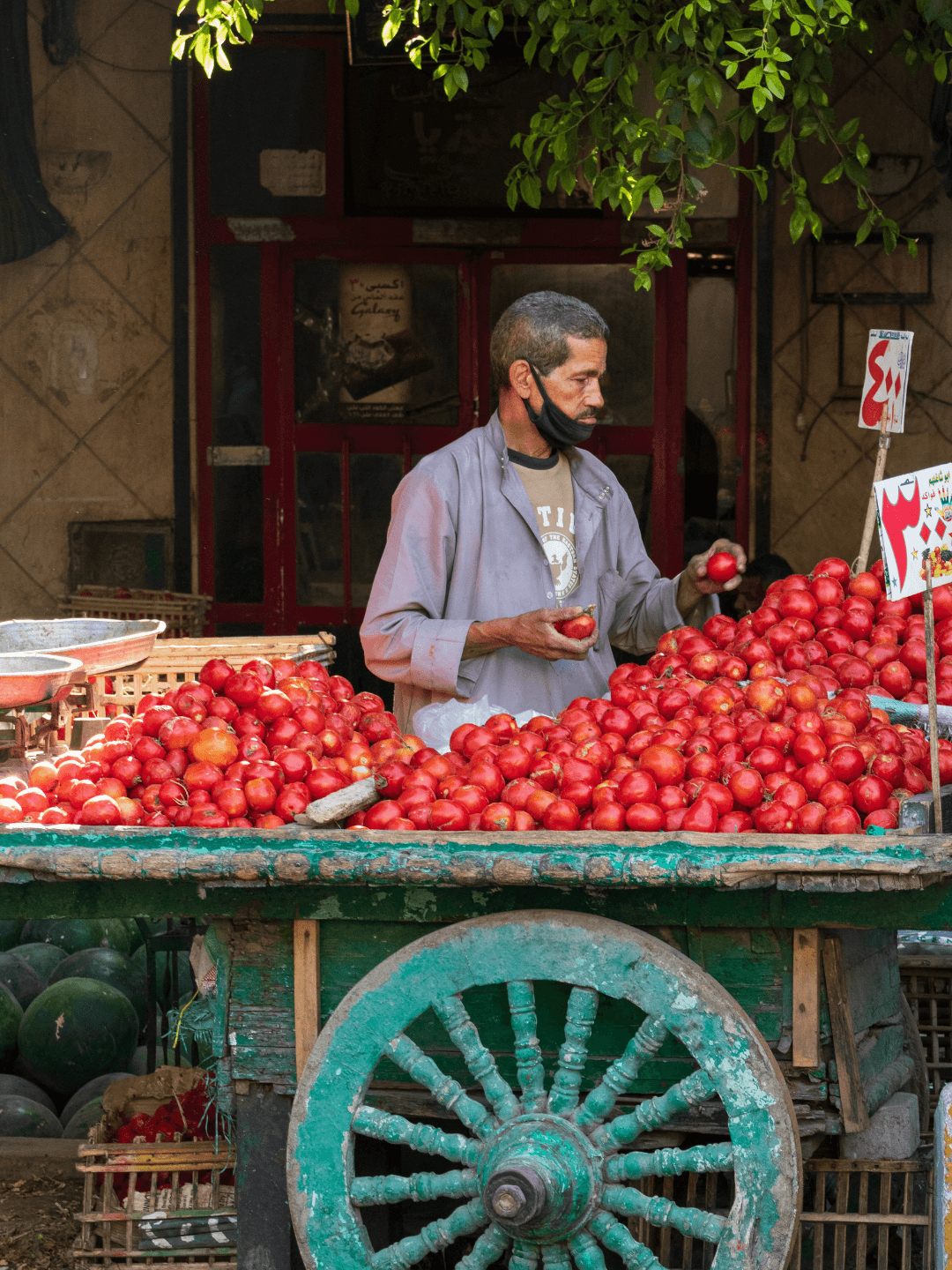
The ideal solution to this would be to strike a balance between both.
Chaos is not a distraction. It is raw material. It floods us with fragments and smells of cumin and charcoal, the texture of cobblestones slick from rain, voices rising in rhythms we don’t yet understand. Stillness is not absence. It is the space where fragments connect. It is where the photograph finds its meaning, where the sentence sharpens, where the memory roots itself.
For centuries, artists have sought this balance. Van Gogh painted the riot of Parisian streets, but he also retreated to Arles to paint fields of wheat in silence. Jazz thrives on dissonance, but the pause between notes is what gives the music breath. Writers like John Steinbeck filled notebooks with noisy road trips, then returned to quiet desks to turn them into novels.
Travel teaches us the same lesson: overstimulation gathers the material, stillness makes it art.

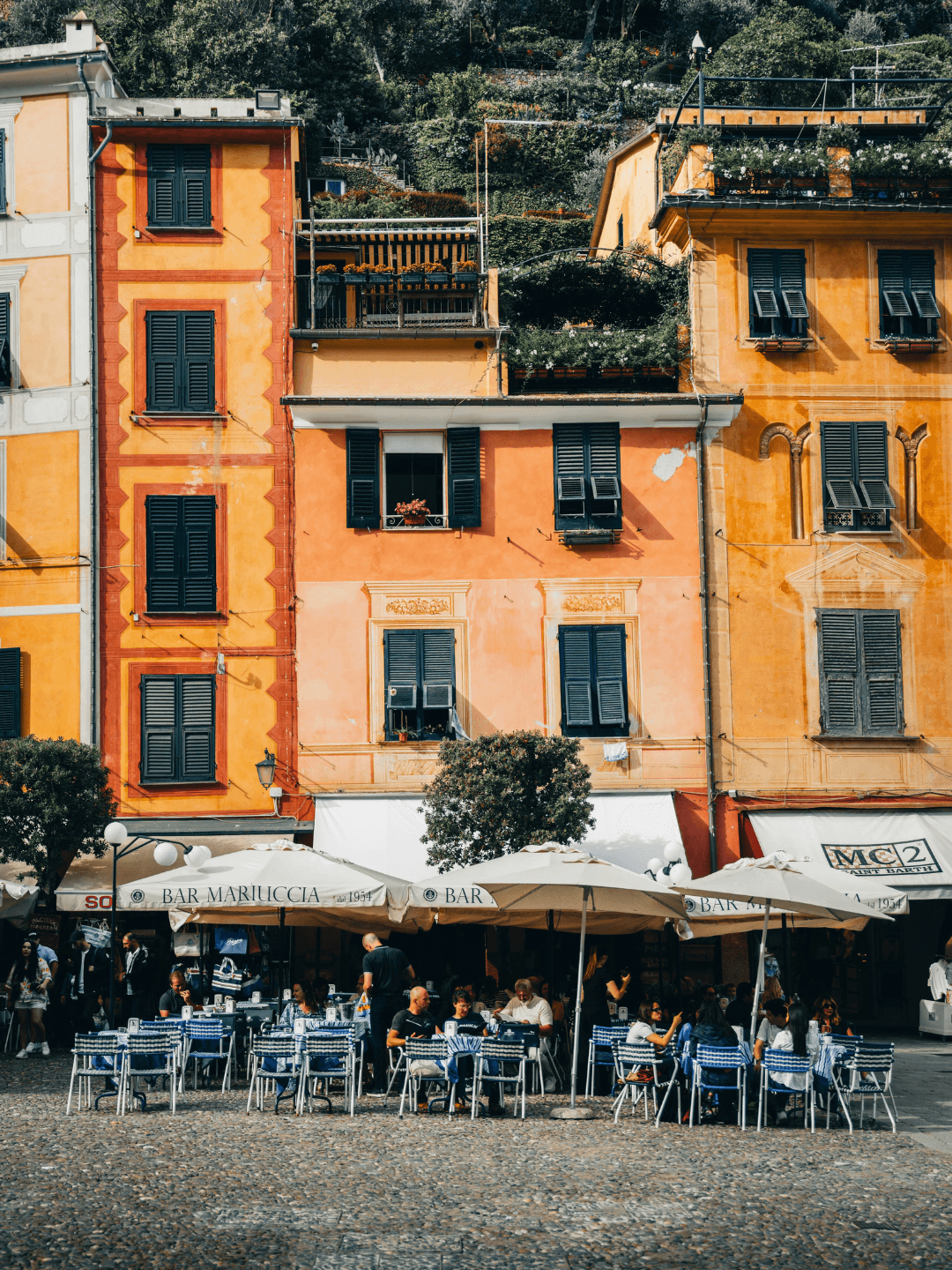
Finding balance: a traveler's practice
Balance is not a neat formula. It is a practice of noticing when chaos has pushed us to the brink, and knowing when silence has numbed us into stillness without spark.
- Step into frenzy, then retreat: Allow the market to overwhelm you, then step into the alley behind it.
- Use thresholds: Courtyards, rooftops, riverbanks and places that sit between noise and quiet are natural reset points.
- Anchor with rituals: A morning coffee in silence, an evening walk through crowded streets. Travel rituals help the extremes speak to each other.
- Treat both as teachers: Chaos teaches instinct. Stillness teaches patience. Creativity needs both.
Where are the places that can teach us to tight-rope in between?
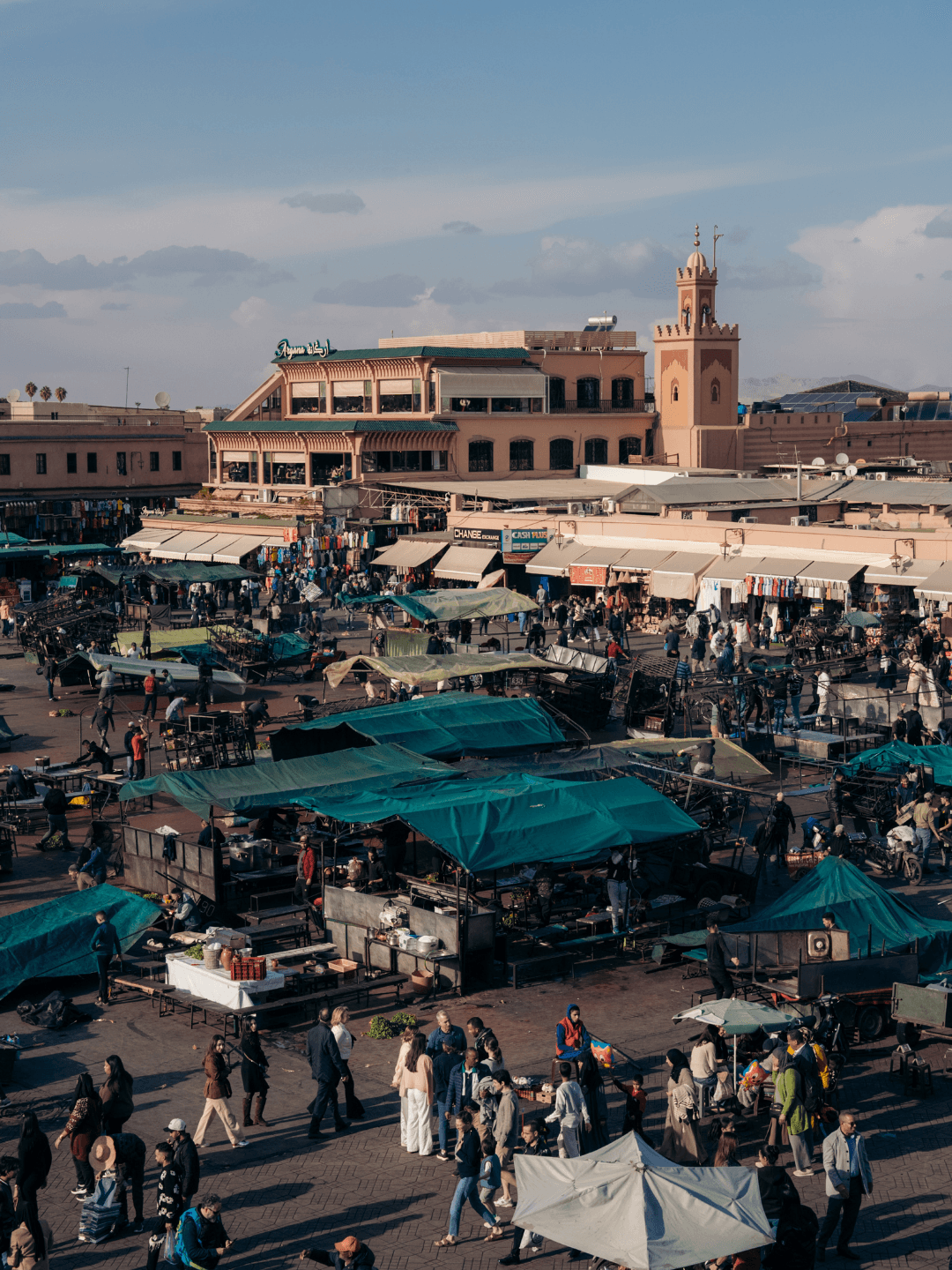
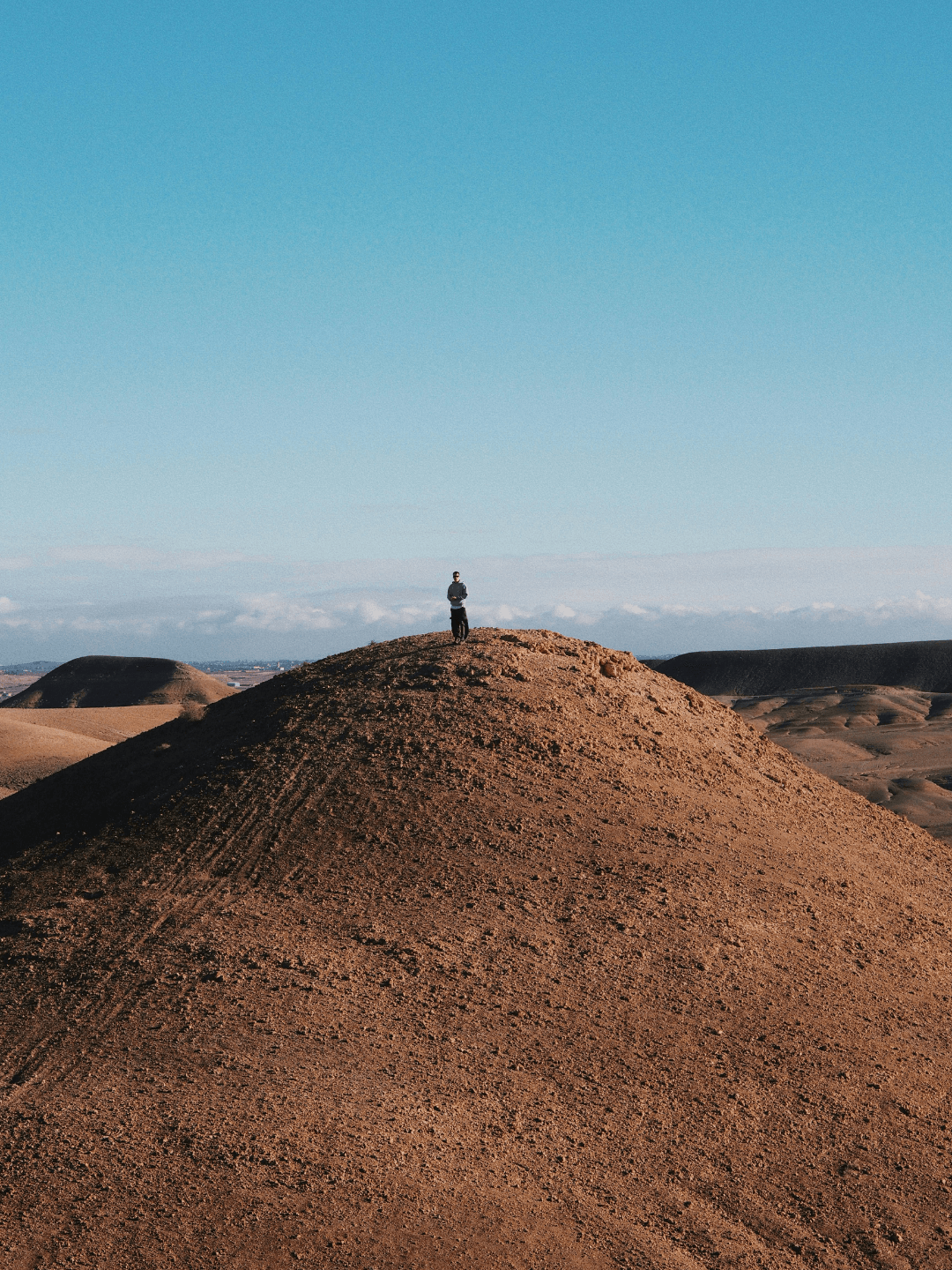
Marrakech
The Marrakech medina is a sensory theatre. Carpets hang like cascading waterfalls of color. Brass lamps scatter light like galaxies. The scent of cinnamon collides with leather, rosewater with smoke. Getting lost isn’t a mistake here, it’s the design.
But step into a riad courtyard and everything shifts. The fountain trickles. A single bird moves across the tiles. The silence feels deliberate, like a composer holding back a note. In Marrakech, chaos is the overture, stillness the refrain. Together, they make the city feel like magic.
If you go further, the Agafay Desert waits with rocky plains that stretch endlessly, and Ouarzazate glows in the evening light with kasbahs rising from valleys where silence weighs heavier. Marrakech fills the senses. Its edges strip them back to their core.
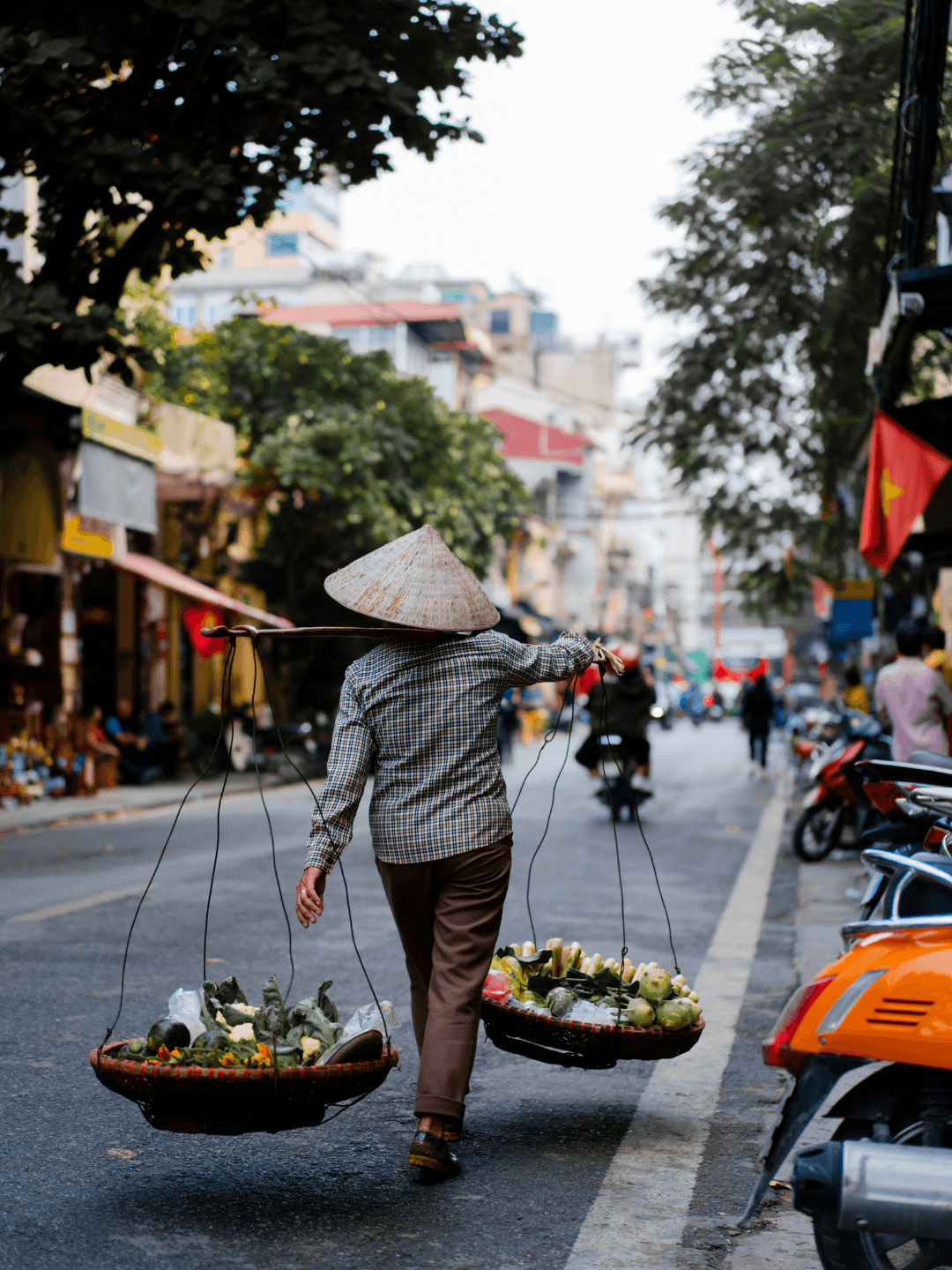
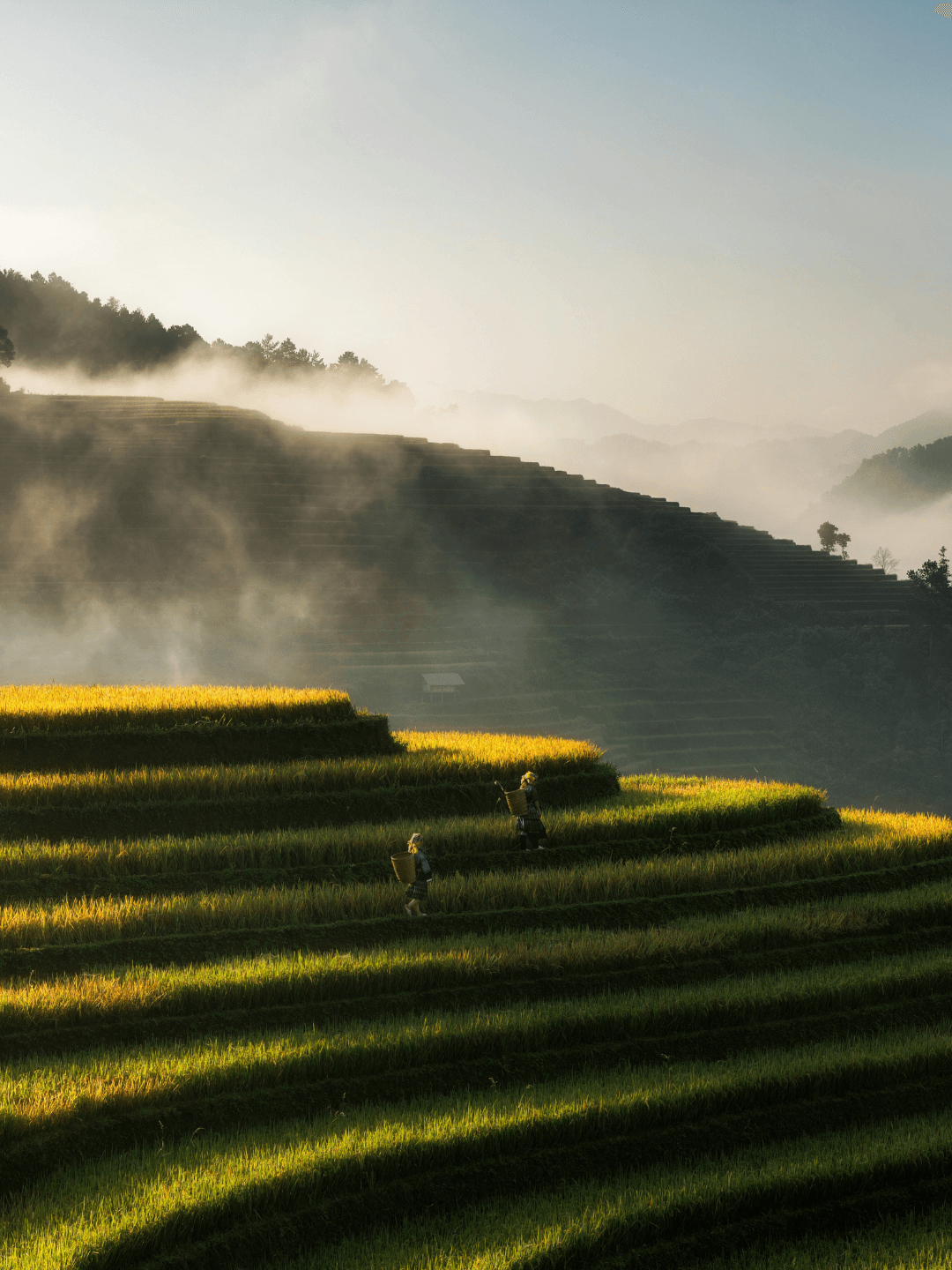
Hanoi
Crossing the street in Hanoi feels like walking into traffic and trusting chaos to part around you (which if you realise, it does). Motorbikes move as one living river. Sidewalks become kitchens, then shops, then playgrounds, all in the span of a morning. The city overwhelms, but in that overwhelm, your camera hand learns instinct. You shoot without thinking. You trust the current.
Then, a few blocks away, a lake waits. Mist lingers, grandmothers move through tai chi, the scent of green tea curls in the air. Silence does not erase the chaos. It frames it, teaching you to hold both at once.
Further north, balance deepens. In Sapa or Mu Cang Chai, terraced rice fields fold into the mist, mountain paths slow the pace, and the silence feels carved into the earth. Hanoi hones your reflexes. The highlands stretch your patience.
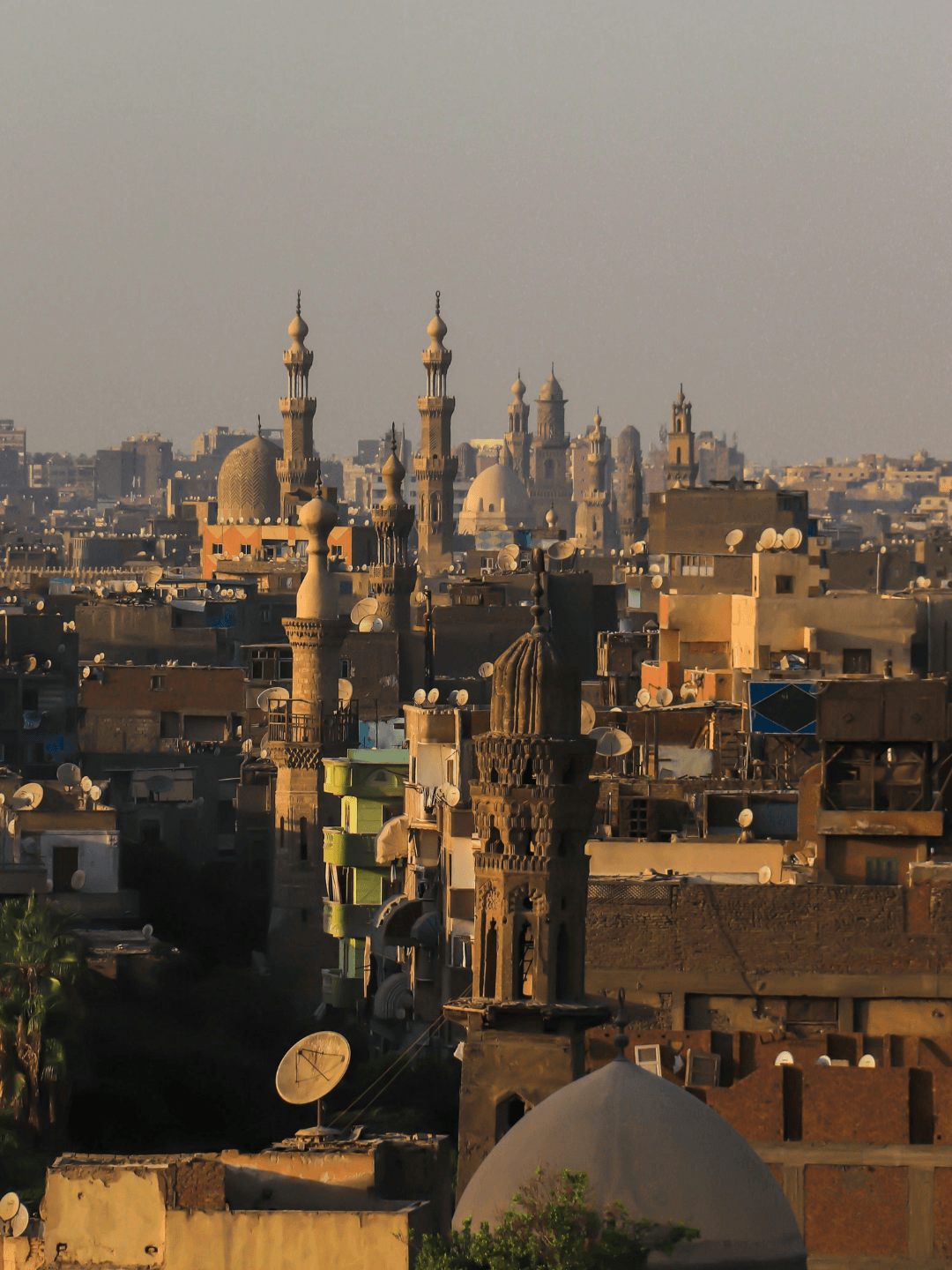
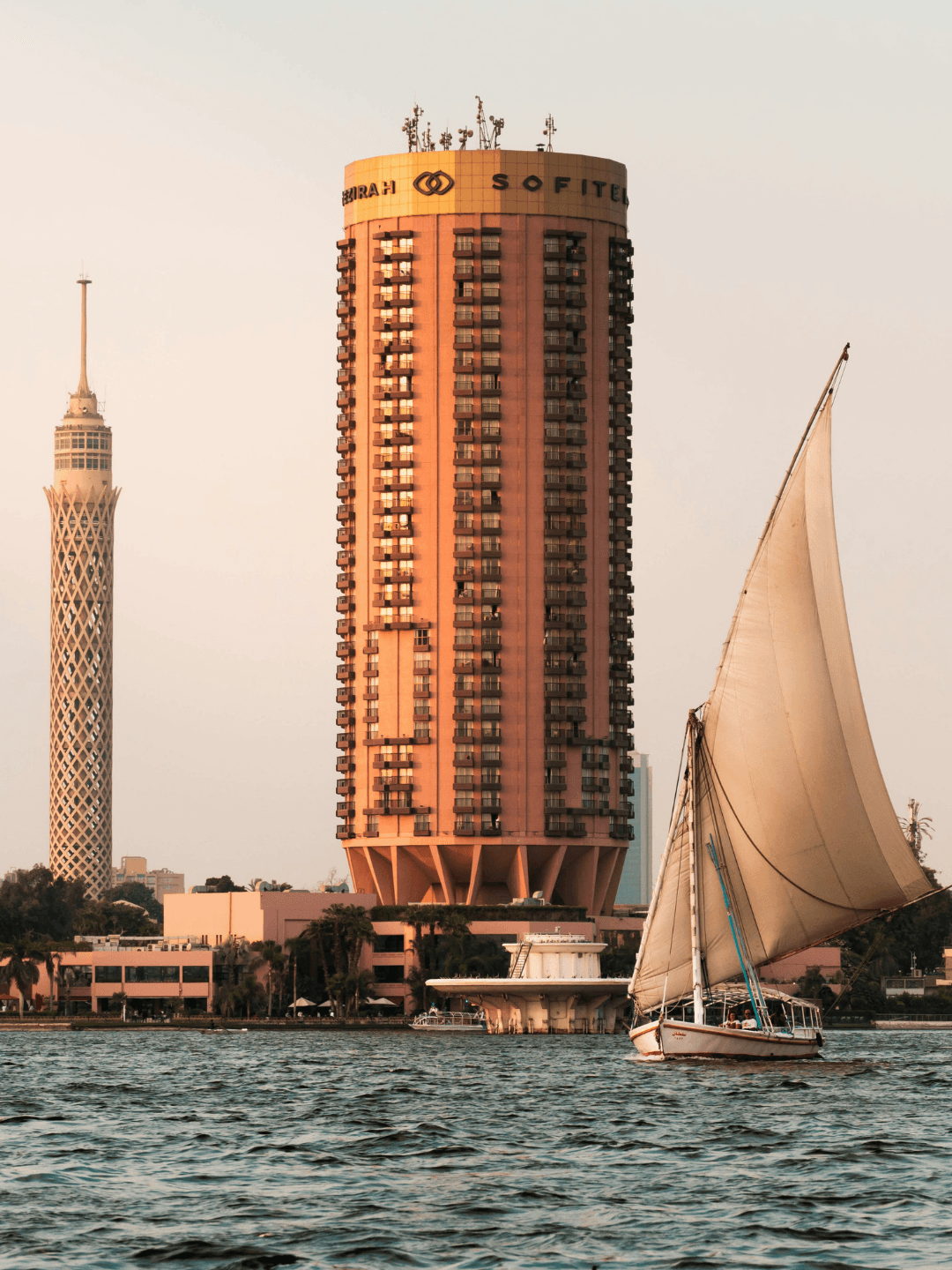
Cairo
Cairo is not subtle. It roars. Horns tangle into symphonies (if you choose to listen with intent and not disdain), the Nile hums with ferries, the call to prayer ricochets through concrete canyons. On the streets, you are never alone. Children tug at your sleeve, vendors beckon, conversations swirl around you. It is too much until you let it be.
Then, at dusk, you climb to a rooftop. The pigeons circle, the hum softens, the horizon bleeds into orange. Cairo does not stop. It simply reveals another layer. Chaos prepares the canvas. Stillness lets you see what’s on it.
Push further and Egypt changes shape again. A few hours west, the White Desert stretches in chalk formations that glow under moonlight. The silence there is so wide it feels alive, teaching you that Cairo’s roar and the desert’s hush are two sides of the same story.

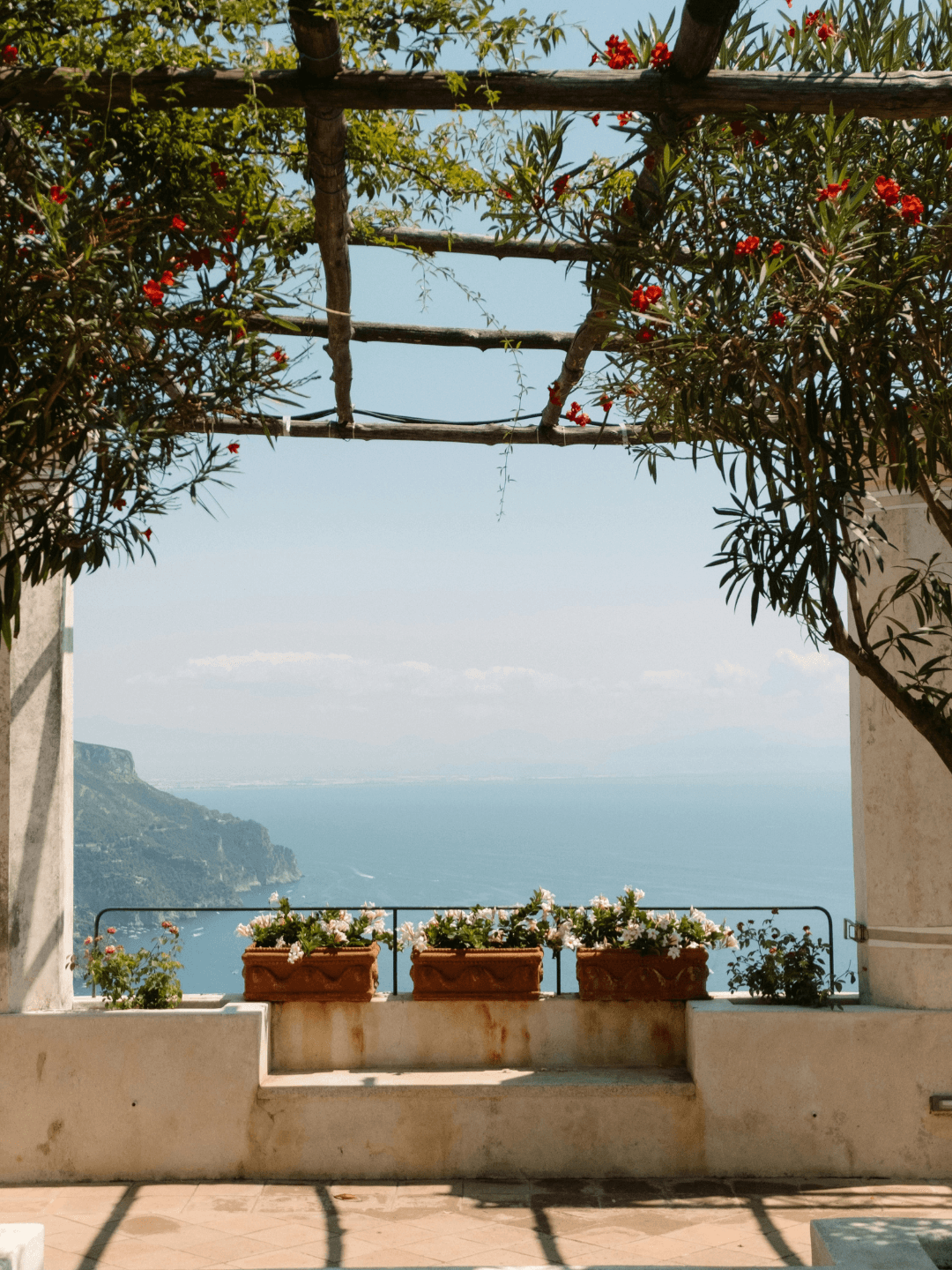
Naples
Naples does nothing halfway. Scooters rattle through alleys, voices rise in arguments that sound like rehearsed theatre, laundry flutters between windows. It is all noise, all life, all at once.
But behind monastery walls, silence presses in. The cloisters are cool, stone echoes only your footsteps, and the stillness feels ancient. Naples proves chaos and stillness are not rivals. They are different volumes of the same truth.
Just beyond the city, the Amalfi hills slope into lemon groves and convent gardens where silence clings to stone walls. Inland, Benevento’s ruins sit under skies so wide they make Naples’ opera feel like a memory. Both belong to you. Both shape how you see.
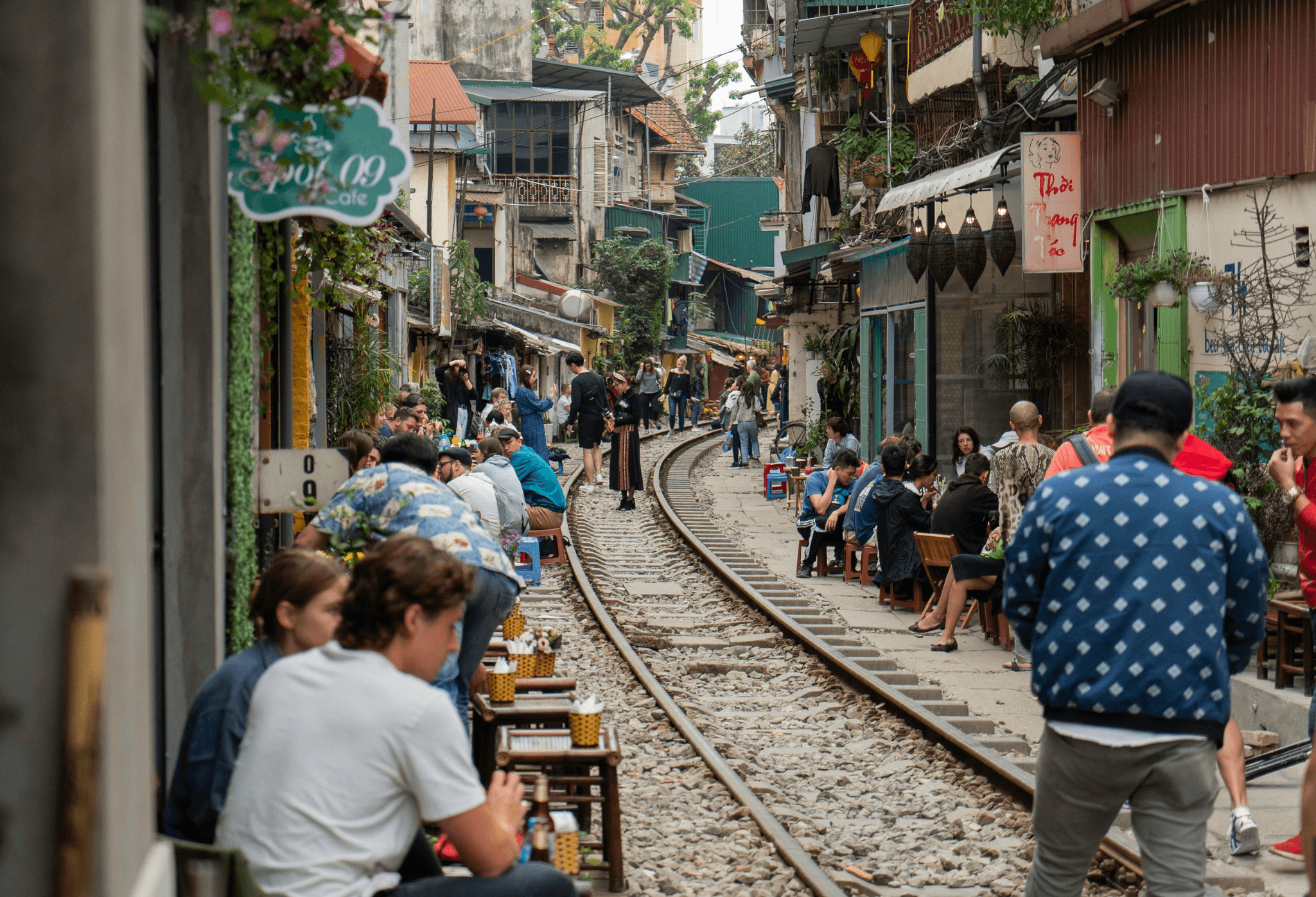
What these places teach us
These cities are not just destinations. They are lessons. Each one reminds us that chaos and stillness do not cancel each other. They complete each other. The noise of Cairo sharpens the quiet of its rooftops. Marrakech’s markets make its courtyards more sacred. Hanoi’s motorbikes make its lakes more still. Beirut’s pulse makes its mountains more serene. Mexico City’s noise makes its valleys more precious. Naples’ opera makes its cloisters more profound.
For the creative traveler, these are not just contrasts. They are tools. Chaos expands the senses. Stillness gathers them. Without one, the other would be ordinary. Together, they make travel unforgettable.
The compass of the creative traveler
The art of travel lies in carrying both. To step into chaos when your senses need expansion, and into stillness when they need rest. To let one overwhelm you just enough so the other can heal you.
Creativity doesn’t ask us to choose. It asks us to surrender, to practice, to balance. Chaos cracks us open. Stillness puts us back together. And if we let them, they don’t just shape how we travel, they shape how we create, how we see, and how we live.
Subscribe to our newsletter
Get the best of The Mad Clouds straight to your inbox. Destination Guides, culture, photography and ideas, with expert analysis on the most meaningful stories in travel.
